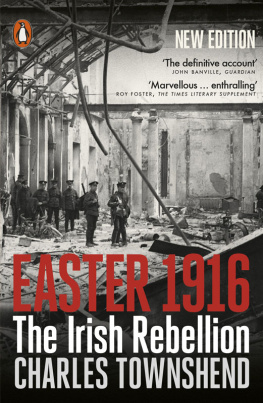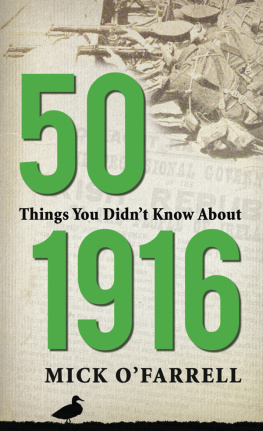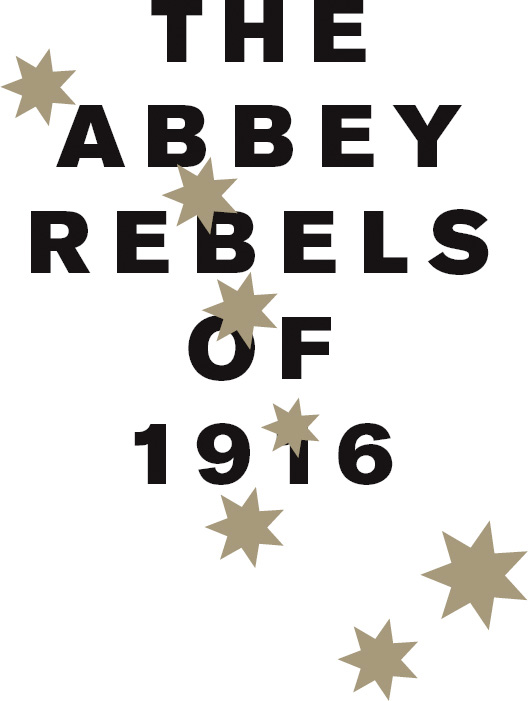
THE
ABBEY
REBELS
OF
1916
A Lost Revolution
Fearghal McGarry
Gill & Macmillan
For Selina, Sofia and Ava
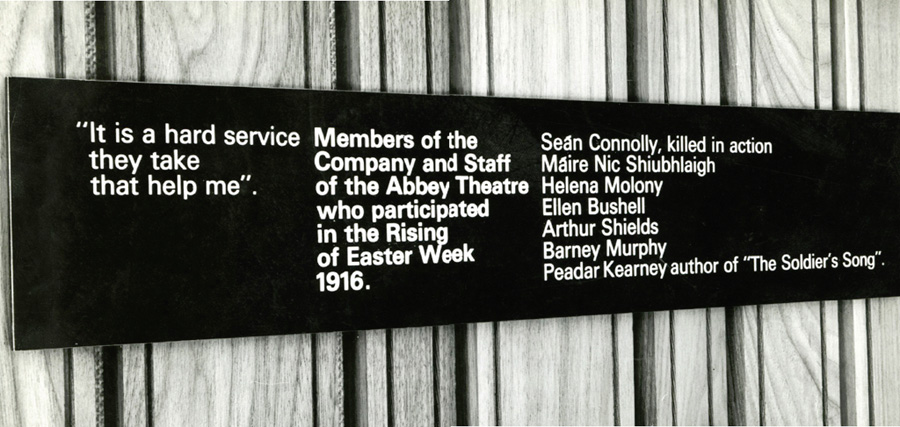
Unveiled to mark the reopening of the theatre in 1966, the Abbeys commemorative plaque was inscribed with a quotation from Cathleen ni Houlihan, the play most identified with the cultural revivals revolutionary impact (AT).
They shall be remembered for ever,
They shall be alive for ever,
They shall be speaking for ever,
The people shall hear them for ever.
W. B. Yeats, Cathleen ni Houlihan (1902)
Contents
Chapter 1
Hard service
1916 in 1966
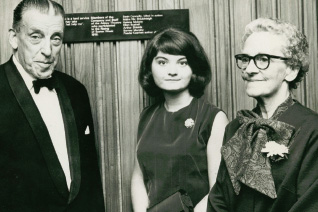
(LR), The Taoiseach, Sen Lemass, Christine Shields (daughter of Arthur Shields), and Gypsy Kenny (sister of Mire Nic Shiubhlaigh) at the unveiling of the plaque on 23 July 1966. Gypsy was one of several 1916 veterans whose names were omitted from the plaque (HL, T13/B/350).
On 23 July 1966 the Taoiseach, Sen Lemass, attended a ceremony at the Abbey Theatre to pay tribute to seven rebels who had fought in the Easter Rising of 1916. A modest plaque unveiled in the vestibule honoured these remarkable individuals. Helena Molony was the first Irishwoman of her generation to be imprisoned for a political offence when she was arrested for protesting against King George Vs visit to Ireland in 1911. Intimately involved in the planning of the Rising, she had hidden copies of the Proclamation under her pillow as she slept at Liberty Hall the night before the rebellion. Arthur Shields, who became a Hollywood star in later life, had fought with James Connolly at the General Post Office, and was among the last rebels to surrender at Moore Street. Mire Nic Shiubhlaigh, one of the founding members of the Irish National Theatre Society, had been the Abbey Theatres first leading lady. Peadar Kearney, a veteran of the Fenian movement, wrote the words to The Soldiers Song, the marching song which epitomised the spirit of the Irish revolution and was later adopted as the national anthem. Responsible for the opening attack of the Easter Rising, one that bore more than a passing resemblance to a scene from the Robert Emmet plays in which he had often performed, Sen Connolly had led a small band of poorly armed men and women into Dublin Castle, the headquarters of the British administration in Ireland. Shot on the roof of City Hall, he became the first rebel to die.
In other respects, though, the Abbeys rebels were ordinary people, or, more accurately, people from ordinary backgrounds. They were working-class Dubliners, followers rather than leaders, whose role on the historical stage seemed to come to an end after Easter Week. The details of their lives Even the better-known among them, such as Nic Shiubhlaigh and Kearney, had faded from public memory, to the disappointment of their own families.
Only two of the seven remained alive in 1966. Helena Molony, frail and wheelchair-bound, attended the ceremony. She died several months later. Unable to travel from California because of his poor health, Arthur Shields was represented by his daughter, Christine, who addressed the gathering. Relatives of the deceased rebels attended what was described as a brief, dignified, ceremony. The presence of Mire Nic Shiubhlaighs sister Patricia (Gypsy), her brother Frank and the 86-year-old stage carpenter Sen Barlow represented the Abbeys last living links to the turn-of-the-century revival from which this extraordinary theatre had emerged.
The memorials inscription It is hard service they take that help me came from Cathleen ni Houlihan, the play which more than any other work in the Abbeys repertoire symbolised the link between the cultural revival and the political revolution that followed. Set in 1798, the Year of the French, it tells the story of Michael Gillane, who abandons his young bride to follow a wronged old woman, Cathleen, who has come to his farmhouse to appeal for help in securing the return of her four beautiful green fields. By renewing the insurrectionary tradition, his martyrdom transforms Cathleen into a young girl with the walk of a queen, ensuring that Michael is remembered for ever.
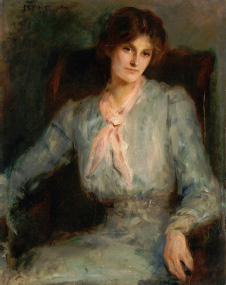
Portrait of Mire Nic Shiubhlaigh (1904) by John Butler Yeats (18391922), father of W.B. Yeats (NGI).
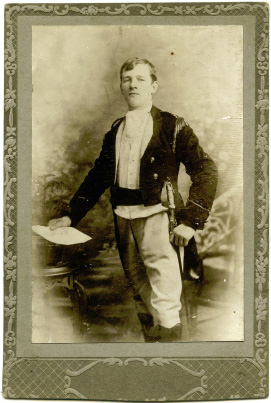
Sen Connolly as Robert Emmet. Radical amateur dramatic companies lost few opportunities to re-enact the United Irishmens insurrections of 1798 and 1803 (NMI, HE/EW/4446).
Yeats, admittedly, had a hand in promoting this appealing notion. Accepting the Nobel Prize for Literature in Stockholm in 1923, he insisted that the political revolution had been a product of the literary revival in which he and the Abbeys others founders, Lady Gregory and Edward Martyn, had played such a central role. He cultivated this idea
There were intriguing connections between the play and the event it was believed to have inspired. The role of Cathleen on the Abbeys opening night had been played by Mire Nic Shiubhlaigh, who went on to perform in what she described as the greatest drama of all at Easter, 1916. Among the certain men whose death kept Yeats awake towards the end of his life was Sen Connolly, whose final performance at the Abbey was in its March 1916 production of Cathleen ni Houlihan. Unknown to Yeats, the press on which the Proclamation was reportedly printed had been kept hidden beside Arthur Shieldss rifle under the stage of the Abbey. And, as chance would have it, Cathleen ni Houlihan was due to be performed the day the rebellion began. Fearing it might further incite the people, the Abbeys manager, St John Ervine, cancelled the performance after he heard the first shots.
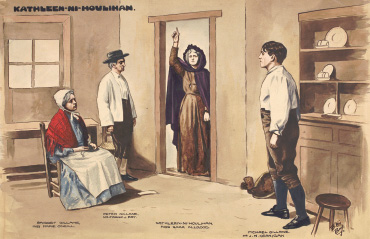
Ben Bays depiction of a 1907 production of Cathleen ni Houlihan (1902). Yeatss remarkably popular play was staged by the Abbey on over 350 occasions between the opening of the theatre in December 1904 and the Easter Rising (NLI, PD 2159/TX/3/1).
Although no previous Irish insurrection had been mounted in such avowedly theatrical terms, not all rebels appreciated the symbolism. Looking at it from the inside (I was in the GPO), Michael Collins griped, it had the air of a Greek tragedy about it.
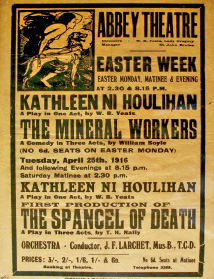
Aptly, in the light of its incendiary reputation, Cathleen ni Houlihan had been scheduled to play on Easter Monday, 1916. T. H. Nallys The Spancel of Death was finally performed, to little acclaim, at Boston College in 1986 (AT).

Opening night. The Abbeys striking posters and programmes were characterised by bold type and clear layout. They were often printed by printers with radical political connections (NLI, EPH F158).
Next page

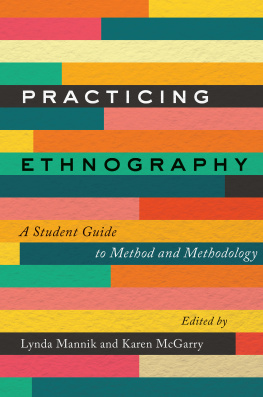
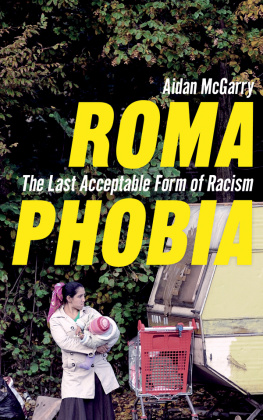
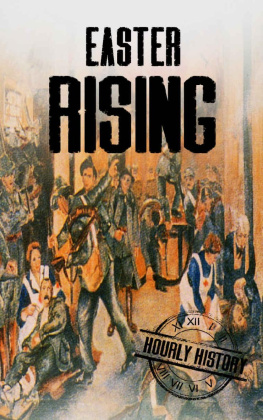


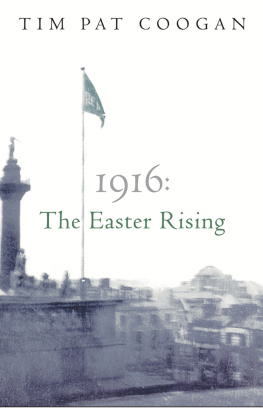
![Lorcan Collins [Lorcan Collins] - 1916: The Rising Handbook](/uploads/posts/book/143326/thumbs/lorcan-collins-lorcan-collins-1916-the-rising.jpg)

